|
Rachael R. Wolney is a second year Ph.D. student in the Department of English at Washington State University. Her research interests include Disability Studies, Young Adult Literature, and Education. She teaches using disability studies pedagogy in a range of literature and writing courses, but specifically enjoys working with preservice teachers and practicing teachers in learning about disability. Ashley S. Boyd is Associate Professor of English Education at Washington State University where she teaches courses on English Methods and Young Adult Literature and researches practicing teachers’ social justice pedagogies as well as avenues for cultivating students’ critical literacies. She is author of Social Justice Literacies in the English Classroom and co-author of Reading for Action: Engaging Youth in Social Justice through Young Adult Literature. |
Yet, despite such efforts, we find that a focus on one system of oppression–ableism, and its counterpart, disabilities–continues to be lacking in classrooms. While numerous texts highlight (and even perpetuate) the stereotypes and misconceptions of disability in our culture, we feel that more can be done in our field with youth to unpack those and to help them develop more empathy and understanding. As such, in this post, we explore the common tropes of disability created by and found in literature and culture. We also offer some advice and resources on teaching about ableism and disability in English classrooms, including how to select texts and lead dialogue. We focus on one work from young adult literature, The Insignificant Events in the Life of a Cactus by Dusti Bowling (2019), and use this as an example to illustrate how a teacher can promote understandings of ableism and disability and critically respond to literature and society. We conclude with additional text recommendations as well as implications for teaching.
In conversations, especially as related to social justice issues, it is always important to begin with definitions. Students are often unfamiliar with the variations in disabilities and thus a bit of diligence is required to explain the social model versus medical model. Disability within the social model is defined as a common human experience. We will all face disability at one point or another during our lifetime (Dolmage, 2017, pg. 61). Disability is also always present, as Dolmage (2017) teaches us, “there is no perfect body or mind” (pg. 62). The social model defines disability as social exclusion, not impairment. Essentially, disability requires us to “accept impairment and to remove disability” (Shakespeare, 2017, pg. 197). The social model and the medical model are dichotomous; the medical model seeks to cure, erase, and remove impairments and disability through medical intervention.
Providing students with concrete examples of how disability is socially constructed is helpful to solidify these definitions. When we work with students, we often discuss how wearing glasses is not defined as a disability but is an impairment. It is not until this impairment becomes extreme that it is then socially defined as a disability, where the structure of society is no longer accepting of impairment, and where exclusion limits full participation in everyday life activities. The medical model would offer corrective surgery or another form of medical intervention to remove this barrier and renormalize the body within society. The social model would accept the impairment and remove the social stigmas and structural barriers preventing inclusion.
After defining disability and giving clear examples and space for introspective identification of disability, students are often eager to share. This is a great time for autobiographical writing, journaling, drawing, or some form of expression of personal experience with or in close relation to disability. Socially, we are often hushed when we see and discuss differences, as though it is impolite. By presenting an open dialogue about disability as an entity that promotes oppression and through offering critical engagement for social change, students quickly respond positively and want to share their stories. Stories become a form of social action against abstraction (Sharpe, 2016, pg. 8), and allow students to contemplate lived experiences and build empathy through sharing. As students begin to understand disability as a social construct, identify it personally and share, we then ask them to apply this understanding to YA texts.
Applying Disability Studies to Literature and Developing Reading Criteria
While literature can inform culture, culture also informs literature. This interdependency can often be identified in multiple constructs. If we think about racism, sexism, classism, or any of the ‘isms,’ as cultural and social constructs, as constructed and built ways of knowing that are identified as inherent biases woven into multiple structural frameworks, then it is no surprise that ableism appears in the same ways. Patricia Dunn (2015), a scholar of YAL and disability studies, writes that, “Many barriers contributing to disability are material or attitudinal; either way, they are built. They are constructed. And whatever is constructed can be named, mitigated, or removed” (pg. 1). Literature offers a space for this work. By teaching students about disability and identifying ableism as oppression, students can begin to discern how texts promote or resist these barriers. Dunn (2015) writes that literature often “blithely and uncritically draw[s] upon disability myths or stereotypes, thus cementing them further” and it requires a “resistant reader” to critically examine these uses and challenge them (pg. 9). Resistant reading requires naming spaces where definitions of disability remain unchallenged. Providing YA novels with characters with disabilities and offering critical discussions focused on representation offers students space to develop critical literacy, exposing the text as a space for critique.
Critiquing traditional texts unfortunately reveals that representations of disability are often stereotypical. Presentations often offer characters who are dejected, need to overcome their disability, and/or need to be cured (Dolmage, 2017, pg. 5). To resist these misrepresentations of disability, we must first identify them. Dunn (2015) writes, “Fiction can affect the way real people are treated. It can open readers’ minds to entrenched discriminatory attitudes, or it can be complicit with those attitudes, making them worse” (1).
Students are also given the Anti-Defamation League’s article “Evaluating Children’s Books that Address Disability” as a guide for further thinking about disability representation. This resource contains specific recommendations for texts to avoid, such as those that “include disabilities only in tokenistic ways'' or “never show people with disabilities as independent, but rather depict them as overly helpless.” It instead encourages the inclusion of texts that “promote empathy,” “positive images,” and “represent people with disabilities from different racial and cultural backgrounds.” Such tangible criteria is helpful for students learning to select authentic and appropriate texts for their future classrooms.
To connect Dolmage’s and Dunn’s description of harmful representations of disability with the lived experience of disability, we offer Stella Young’s TED talk, titled “I’m not your inspiration, thank you very much” to further solidify the social and cultural impacts of representation. Stella Young was a well-known disability rights activist, comedian, and journalist. In her TED talk she discusses how disability is not present to inspire and shares overcoming stories and rhetoric that continue to promote these harmful representations. She states that “Disability doesn’t make you exceptional, but questioning what you know about it, does” and she asks the audience to think about disability as more than a site of pity or inspiration.
As an extension of this work with students, we then have them apply their learning to YA texts. One novel that is appropriate for such work, and which we highly recommend, is Dusti Bowling’s (2017), Insignificant Events in the Life of a Cactus. This complements the inclusion of Disability Studies in the English Arts curriculum well. In evaluating this text, we have found that it offers students new and informed ways of thinking about disability, while also providing areas of critical engagement with the representations of disability.
The novel tells the story of 14-year-old Aven Green who, at the outset, faces one of the most difficult challenges a middle-schooler can imagine: moving. Her family’s transition from Kansas to Arizona fills Aven with apprehension. She is unsure of many things, including the weather in the new area, her ability to make friends, and her parent’s job which will be running an old western theme park. The move to Arizona also requires Aven to repetitively explain her disability, being born without arms, and worry about being accepted. At her first home, she was just as ordinary as everyone else. Throughout the novel, readers follow Aven’s adventures as she finds friendship and acceptance. She meets Connor, a classmate with a different disability, and Zion, who is often labeled and ignored, and Aven realizes that she is not alone. The three friends embark on a journey to be seen, respected, and valued for their differences, all while researching the mystery that lies beneath the theme park where her family relocated.
When discussing the novel with students through a disability studies lens, teachers can prompt them to consider how Bowling presents Aven’s disability. Questions might include: How is the book about more than Aven’s disability? In what ways do we get to know Aven as a character–what are the qualities of her personality? They can also explore how the book challenges stereotypes and tropes, asking students: What stereotypes about disabilities does Aven debunk? Finally, readers can consider: How do Aven’s parents raise her, and why do you think they choose the strategies that they do? This last set of questions may raise the ‘overcoming narrative’ discussed in Dunn’s (2015) work and Stella Young’s TED talk, ultimately leading them to the ADL’s notion of characters needing to be seen as independent. With regards to Connor, teachers could also ask: Why do you think people’s reactions to Connor are so negative? How do we see Aven and her parents respond in more thoughtful ways? How does Bowling use humor to show us these aspects? We also ask students to be critical of the text: To what extent is this narrative about overcoming? In what ways do Aven or Connor uphold any tropes or stereotypes of disability, if at all? How does Aven, at times, mirror the epitome of Dunn’s description of disabled characters as “ever cheerful” or as an “inspiration” as defined by Stella Young? How can these critical readings support our understanding of representation and culture?
A number of activities could help guide students toward an understanding of disability as socially constructed and to help them consider the perspectives of disabilities studies. For instance, students might note the ways that Aven’s world is not set up to make her life easier and note the adjustments she has to make. They might then suggest changes to Aven’s school that would make her experiences better, including a way for her to eat in the cafeteria that is more conducive to her needs (rather than Aven having to find another place to eat). A similar activity could apply to Connor, whose life is limited by others’ reactions to him when society could more readily adjust to enhance his life.
As a social action project (Boyd & Darragh, 2019), students could create materials to educate others (especially middle schoolers) on misconceptions around disabilities and provide suggestions for affirming everyone, regardless of race, class, gender, sexuality, or ability. They might research legislative policy related to individuals with disabilities and analyze it in terms of the medical and social models, writing lawmakers to encourage changes that align more readily with the social model. As blogging was quite important in Aven’s life, they might seek out narratives online written by people with disabilities and synthesize their learning from those in a presentation for their classmates.
We have taught several texts that include characters with disabilities, both physical and mental, and guided students through analyzing them in similar ways. We have also engaged students in literature circles and provided choices for this work, as we find that students tend to gravitate toward the areas they are most ready to explore and critique. Other such texts have included: Marcello in the Real World by Francisco X. Stork (2009); Out of My Mind by Sharon M. Draper (2010); The Unlikely Hero of Room 13B by Teresa Toten (2013); Cinder by Marissa Meyer (2012); and Six of Crows by Leigh Bardugo (2015).
Each of these texts offer not only inclusion of disability, but spaces for critical engagement with the representations of disability. For example, students can read about characters who represent different disabilities and consider how their worlds limit their participation. In both Cinder and Six of Crows, students can determine how social exclusion disables characters more than their impairments. In Marcello and the Real World and The Unlikely Hero of Room 13B, students can explore the ways in which mental disability is represented. In reading Out of My Mind, they may question structures, such as education or medicine, where disability is often confined to specific spaces, perhaps even removing disability completely from participation at all.
Considerations and Conclusions
In our experiences working with preservice teachers to develop and/or enhance their understandings of disabilities studies and apply it to texts, they are eager and enthusiastic about taking on these endeavors. Implementing culturally responsive and inclusive teaching are their genuine goals, but they often ask for more concrete examples that illustrate how to achieve these. In this post, we hope we’ve shared some of the practices and resources we have found valuable for leading students through discussions of ability and disability and planning for their future classrooms.
It is also our hope that students can begin to translate this work into their teaching practice, not just in terms of the texts they choose but in how they think about and work with their students. If Aven were in their classroom, for example, how might they think about changes to their structure, rather than expecting Aven to alter herself to ‘fit in’? How might they help their class respond to Aven in ways that illustrate empathy and understanding? We thus feel that YA lit and accompanying pedagogies have vast potential for debunking stereotypes, cultivating understanding of difference, and creating a better society for all individuals.
References:
Anti-Defamation League. (2013). Evaluating children’s books that address disability. Education Division. adl.org
Boyd, A. & Darragh, J. (2019). Reading for action: Engaging youth in social justice through Young Adult Literature. Rowman & Littlefield.
Dolmage, J. T. (2017). Academic ableism. University of Michigan Press.
Dunn, P. A. (2015). Disabling characters: Representations of disability in young adult literature. Peter Lang.
Janks, H. (2000). Domination, access, diversity, and design: A synthesis for critical
literacy education. Educational Review, 52(2), 175-186.
Luke, A. (2014). Defining critical literacy. In J. Z. Pandya & J. Ávila (Eds.), Moving critical literacies forward: A new look at praxis across contexts (pp. 19– 31). New York, NY: Routledge.
Riley, K. (2014). Enacting critical literacy in English classrooms: How a teacher learning community supported critical inquiry. Journal of Adolescent & Adult Literacy, 58(5), 417-425.
Shakespeare, T. (2017). The social model of disability. In L. J. Davis (Ed.), The disability studies reader (5th ed.) (pp. 195-203). Routledge.
Sharpe, C. (2016). In the Wake: On Blackness and Being. Duke University Press.
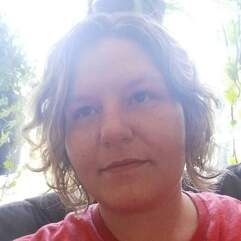
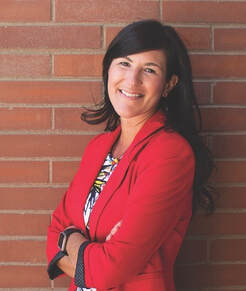
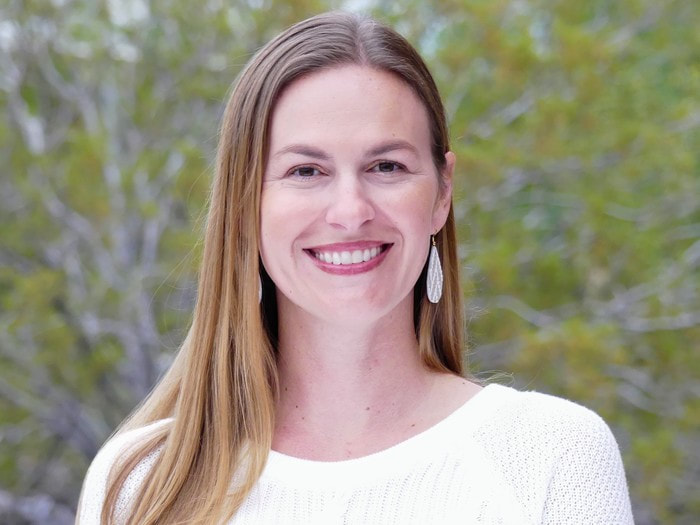
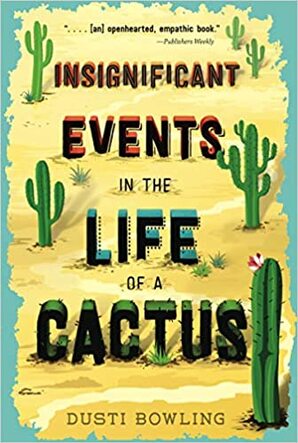
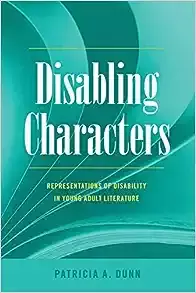
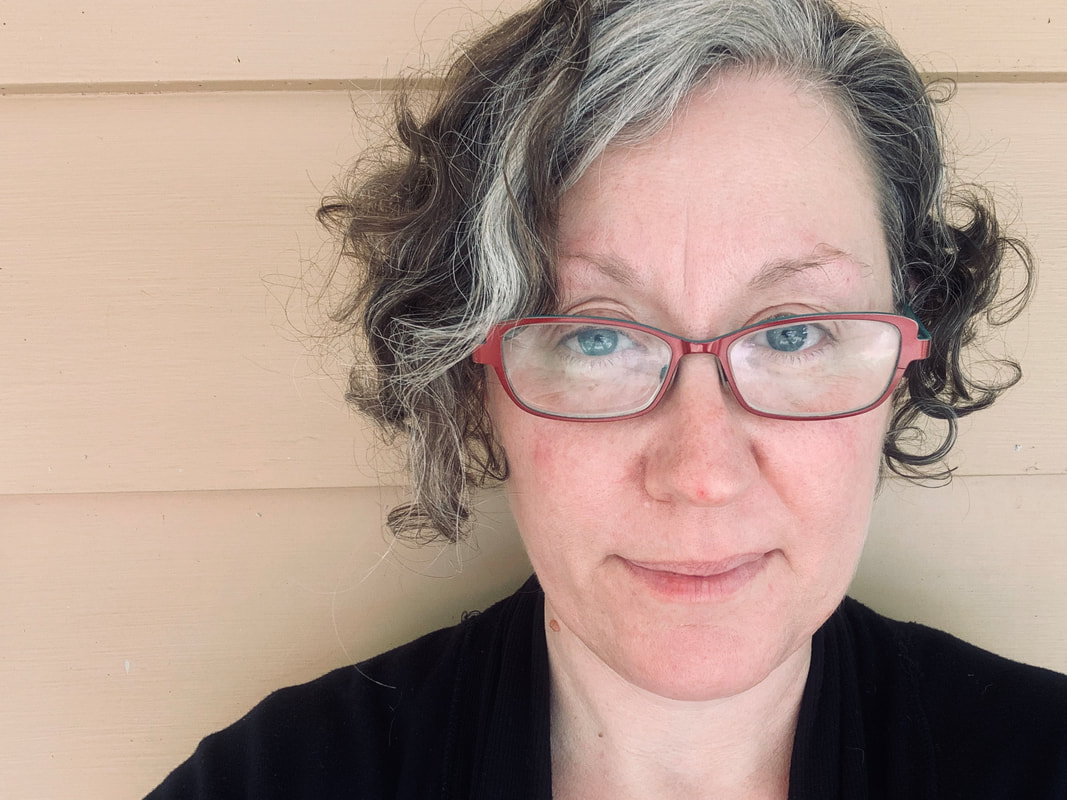

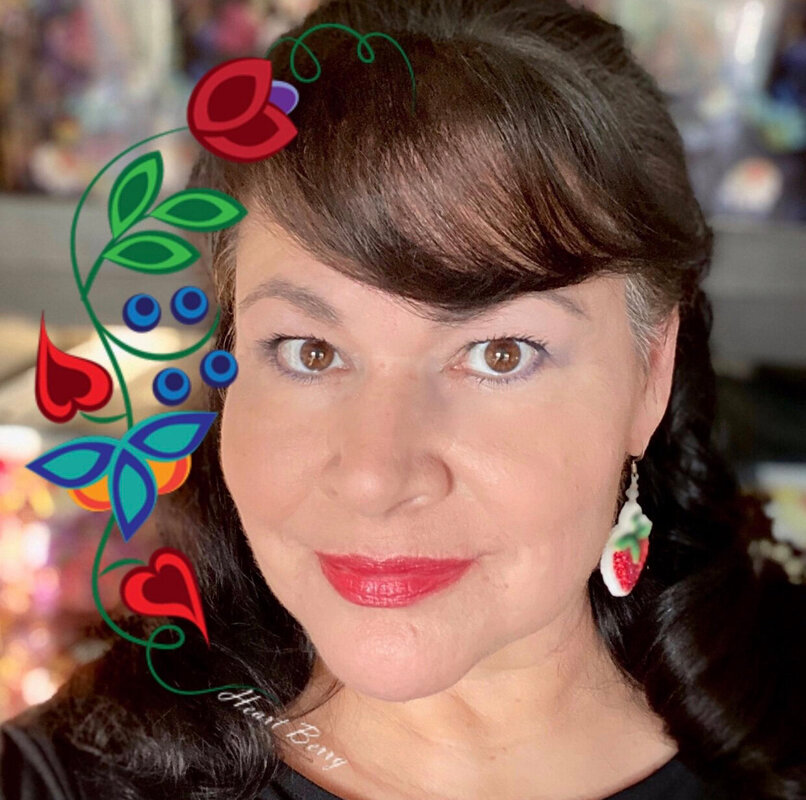
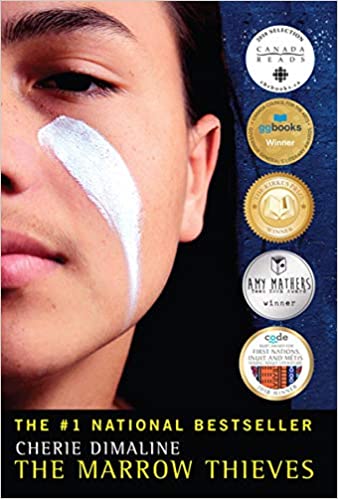
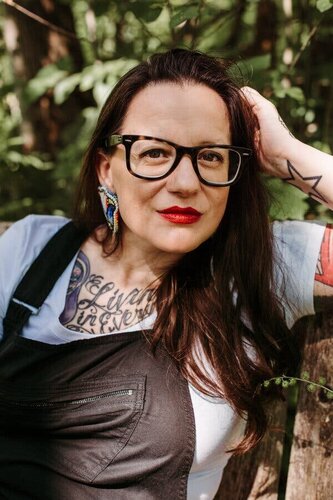
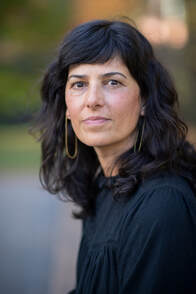
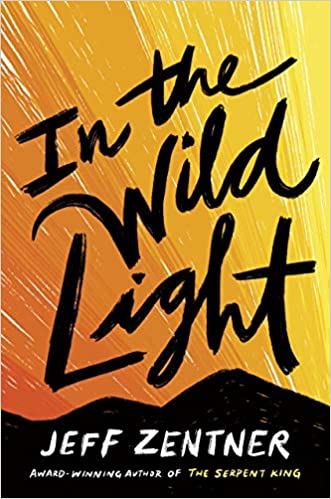
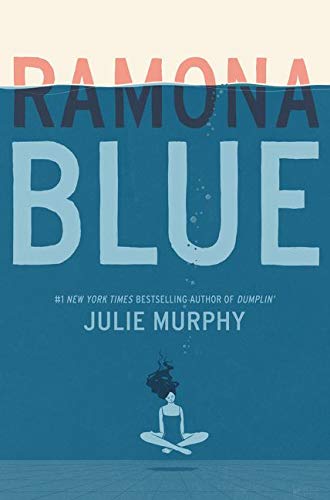
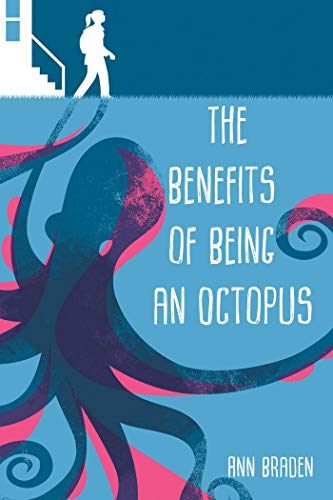
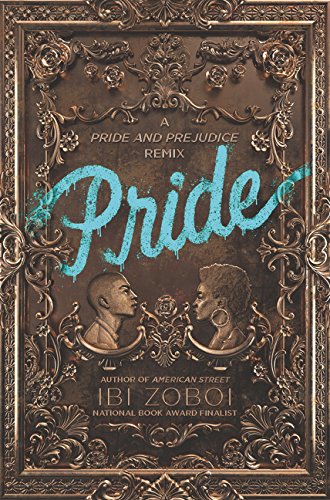

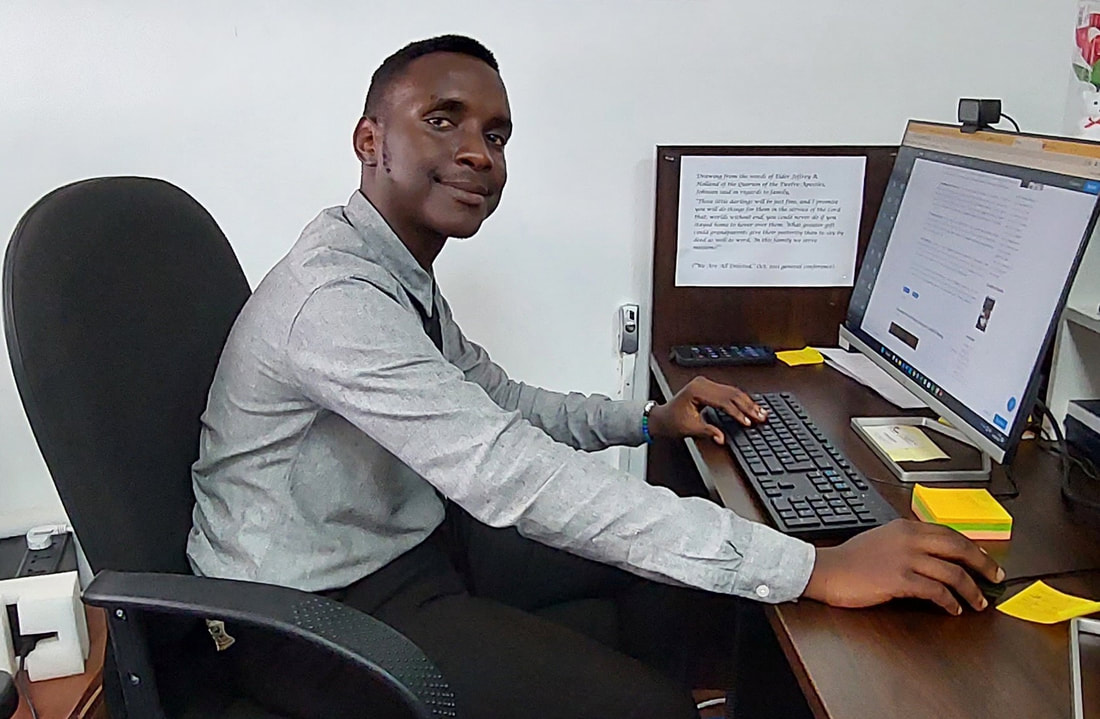
 RSS Feed
RSS Feed